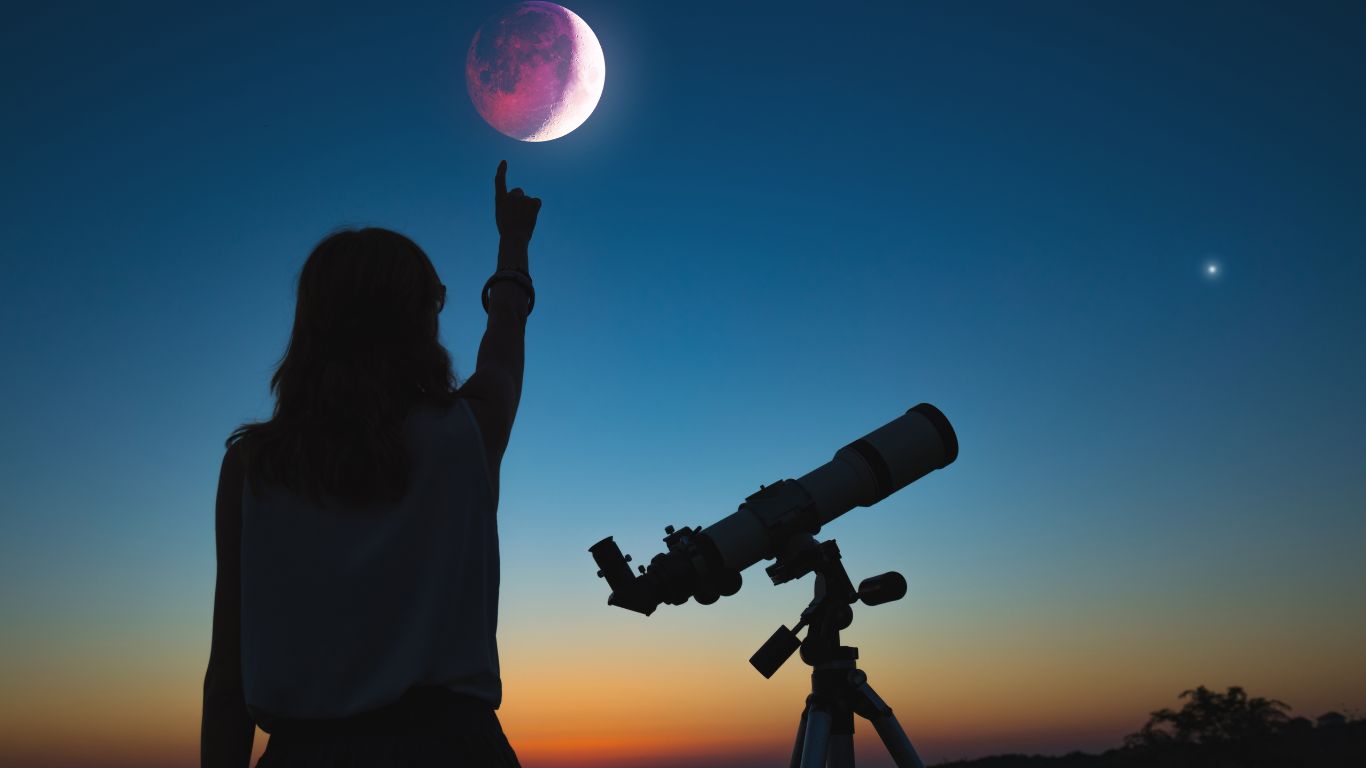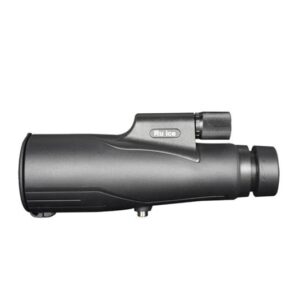Application Scenario


FAQs
Unlock the Universe – One Star at a Time!
What’s the difference between refractor and reflector telescopes?
Refractor (lens-based): Sharp, high-contrast images; great for planets & lunar viewing.
Reflector (mirror-based): More affordable for larger apertures; better for deep-sky objects (galaxies, nebulae).
What does "aperture size" mean, and why is it important?
Aperture (diameter of the lens/mirror) determines light-gathering ability. Larger aperture = brighter, clearer images, especially for faint deep-sky objects.
Can I use a telescope to see planets clearly?
Yes! Planets like Jupiter (bands & moons), Saturn (rings), and Mars (polar caps) are visible with moderate telescopes (70mm+ aperture). Higher magnification helps.
Do I need a computerized (GoTo) telescope as a beginner?
Not necessarily. Manual telescopes are cheaper and help learn the night sky. GoTo models automate tracking but require setup (aligning to stars).
Why do celestial objects appear upside-down in my telescope?
Most astronomical telescopes invert images (normal for stargazing). For terrestrial use, an erecting prism can correct orientation.
How do I avoid shaky/blurry images?
Use a sturdy tripod/mount.
Avoid high magnification in windy conditions.
Let the telescope cool to ambient temperature (reduces air turbulence).


